SDG&E's Sustainability Strategy
Helping build healthier, safer and stronger communities and a clean energy future
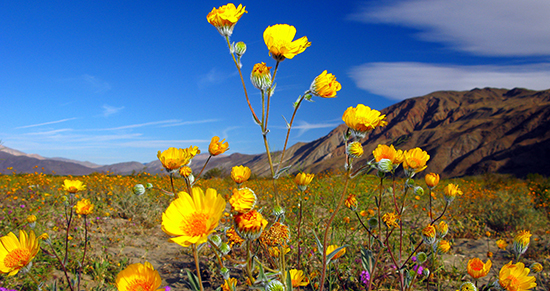
Net Zero GHG Emissions by 2045
California is targeting a just and equitable energy transition to achieve carbon neutrality by 2045. That means removing as much carbon from the atmosphere as California produces. In the San Diego and southern Orange County region, SDG&E and many local cities also embrace carbon neutrality as their goal.
In April 2022, SDG&E published The Path to Net Zero: A Decarbonization Roadmap for California. The economy-wide greenhouse gas (GHG) study, which is supported by leading third-party experts, informs our options to achieve net zero emissions by 2045 while maintaining energy resiliency, reliability and affordability.
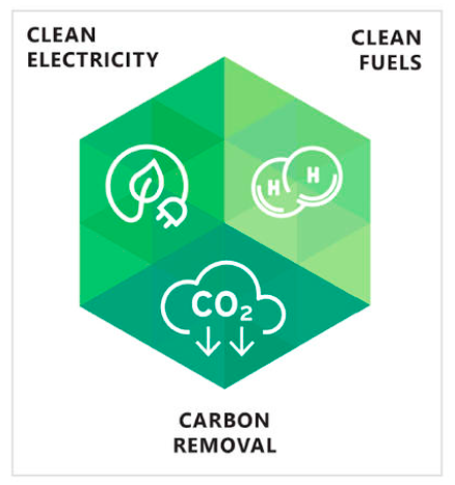
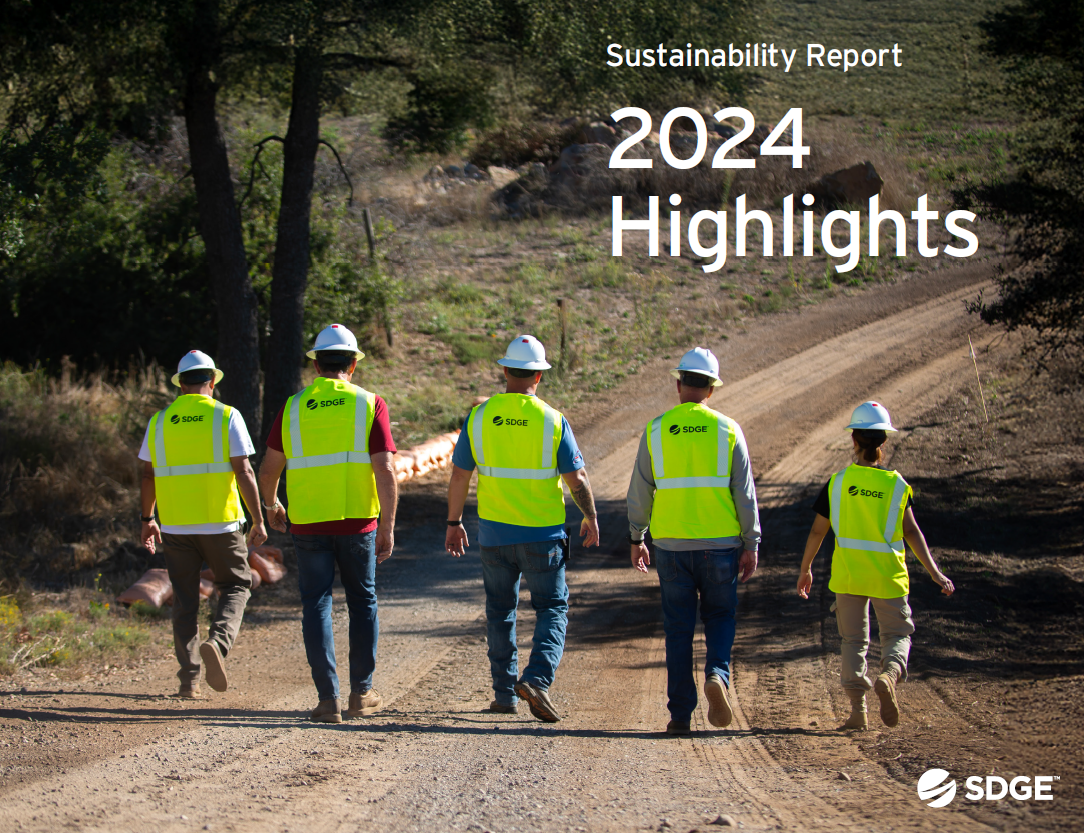
Our Progress
Our commitment to sustainability is built into everything we do. We are working to reduce our carbon footprint, foster energy innovation and conservation, and encourage our employees and the communities we serve to take daily action to help ensure a sustainable and equitable energy future for generations to come.
Read our 2024 Sustainability Highlights, which shares progress on our goals and highlights key projects that are helping to build an equitable and clean energy economy.
You can also find more information regarding sustainability in the following documents:
Hydrogen Innovations
As part of our sustainability strategy, SDG&E is exploring the potential of cleaner fuels like hydrogen to help advance our state and region's climate action goals. SDG&E is developing several pilots to test hydrogen for long-duration energy storage, electric generation, vehicle fueling, and blending into an existing natural gas system. Learn more about our hydrogen projects at sdge.com/hydrogen.
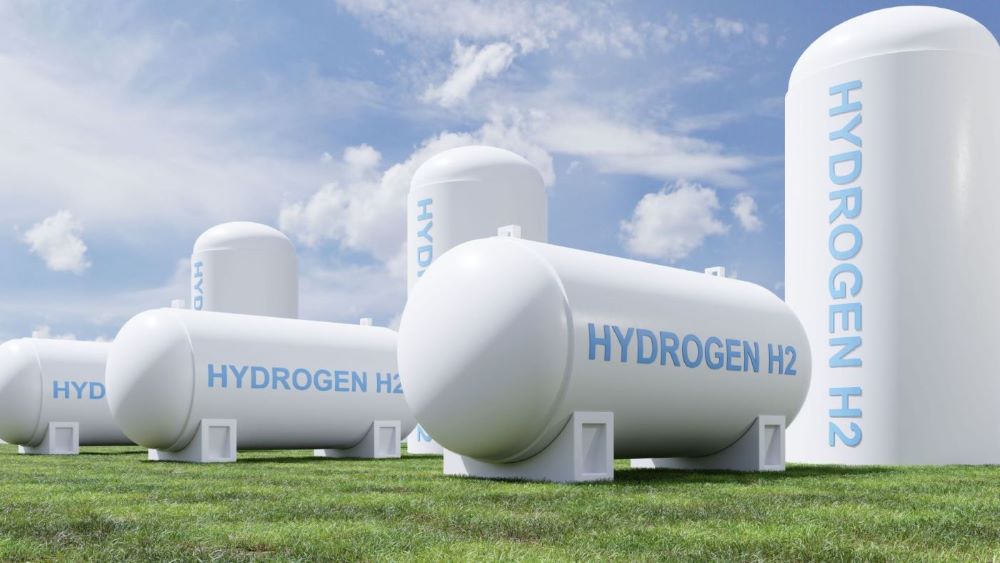
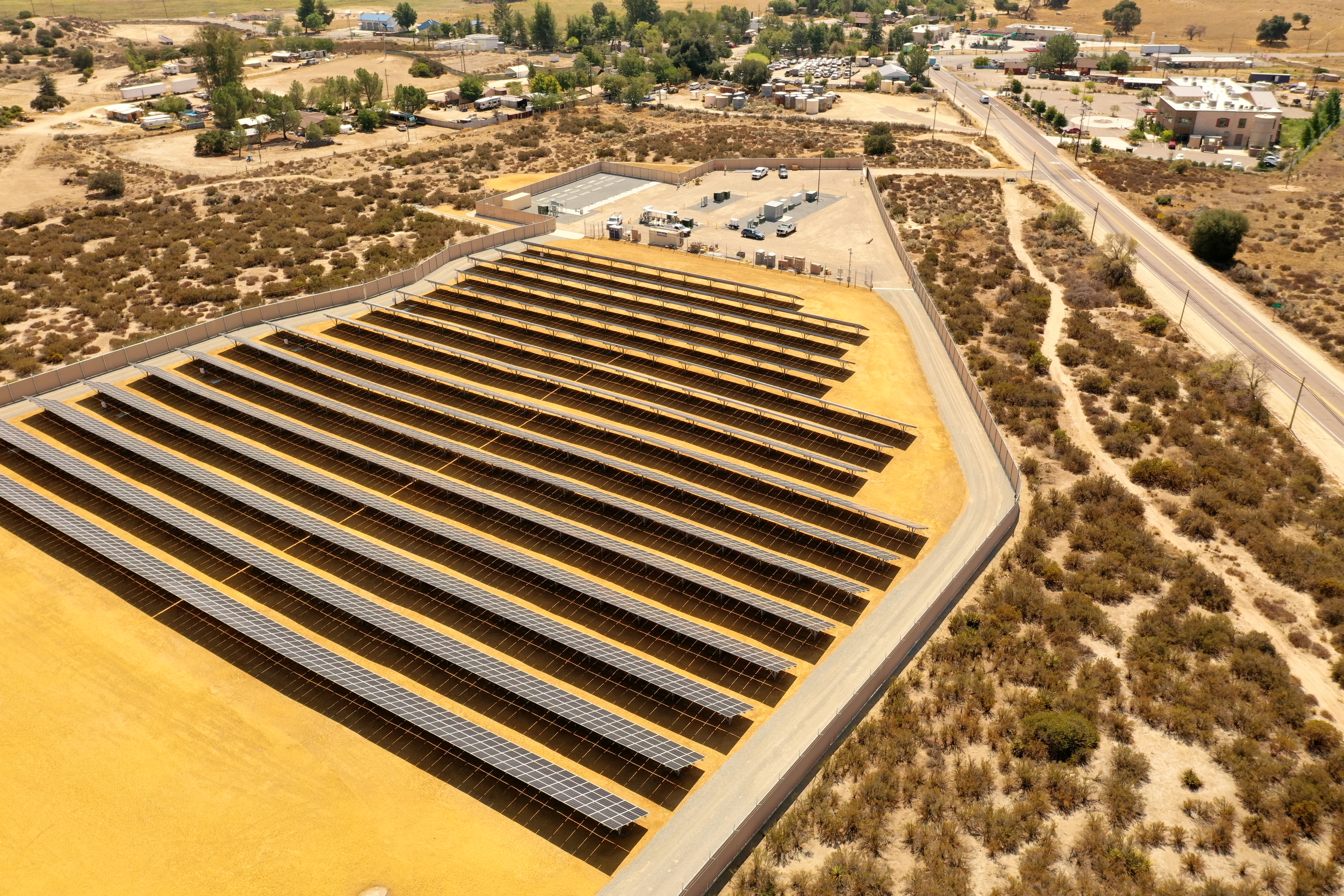
Energy Storage & Microgrids
SDG&E is building a diverse portfolio of energy storage solutions — including vanadium redox flow, lithium-ion manganese, lithium-ion phosphate, and iron-salt flow batteries — to build grid reliability and help store surplus renewable energy. All SDG&E energy projects are connected to the state’s market, meaning the California Independent System Operator (CAISO) will be able to dispatch energy at any time to balance supply and demand on the statewide grid. Learn more about microgrids at sdge.com/microgrid.
Clean Transportation
SDG&E is committed to reimagining transportation — the single largest source of GHG emissions in our state and in our region. This commitment includes transforming our own fleet of vehicles that travel all around the region and to neighborhoods every day.
Our work to decarbonize our fleet goes beyond purchasing ZEVs and also includes:
- Investing in tools that capture metrics to help us improve safety, sustainability and operational efficiency
- Monitoring idling activity and installing idle mitigation systems
- Continually evaluating new electric vehicles coming to market and working with manufacturers to support customizations for our fleet

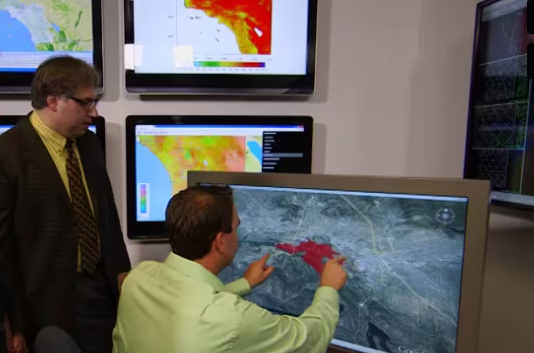
Climate change and its associated hazards, like flooding and wildfires, are already impacting the San Diego region. At SDG&E we are on a mission to continuously improve our own climate resilience as well as the resiliency of the communities we serve. Our work prioritizes equity and advances science through cutting-edge technology and strategic regional partnerships. Learn more at sdge.com/climate-adaptation-sdge.
Our focus on environmental stewardship extends to the office buildings and other facilities where we work. We are working to reduce waste, decrease water use and reach net zero energy use in our operations by 2045, in support of California's climate goals. Meanwhile, our supply management team is stepping up efforts to source more sustainable goods and services.
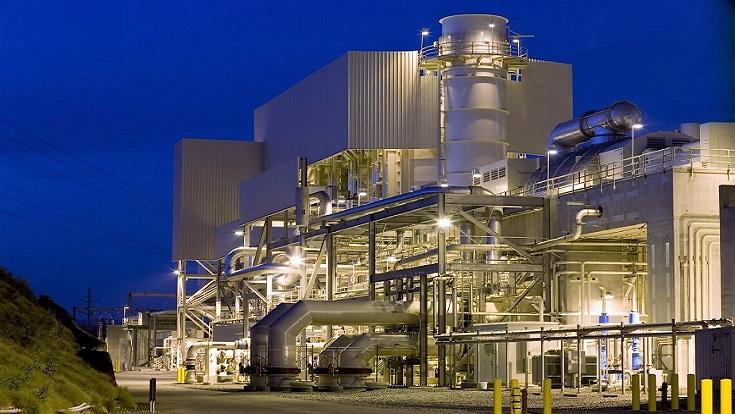
Environmental Stewardship
San Diego is one of the most biodiverse regions in the United States and SDG&E works hard to protect, restore and enhance this unique region. For decades, we have helped balance local economic growth with quality of life for the communities we serve -- all while protecting the species and habitats that make San Diego so special.
SDG&E now operates under a Habitat Conservation Plan Amendment that was approved in 2023 and expands species protections and applies our successful approach to the company’s full service territory. Through our plan, we have preserved nearly 400 acres of the streams, wetlands, grasslands, scrub and woodland habitats and the species who depend on these important habitats. Learn more about SDG&E's Habitat Conservation plan at sdge.com/hcp.

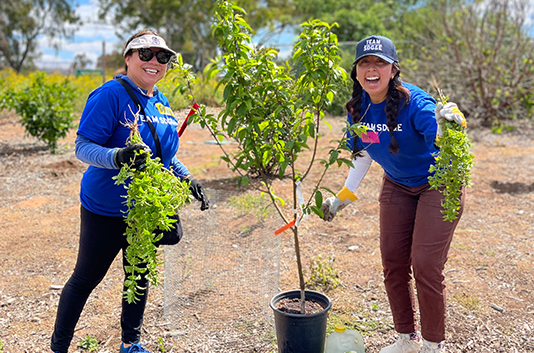
SDG&E has a long history of volunteering with and investing in community-based organizations dedicated to improving the environment, public safety and quality of life for all San Diegans. We are committed to facilitating a just and equitable clean energy transition and regularly engage a network of stakeholders to help us better meet the needs of underserved communities through our sustainability programs. To learn more, please visit sdge.com/community.
We want to hear from you!
We value the voices of the residents, organizations and businesses in our region. If you have comments or feedback regarding our goals, our strategy or even concerns you may have around sustainability, please share your thoughts.
Additionally, if you want to be notified of updates on sustainability projects, progress on our goals or other announcements, fill out the forms below to connect with us.
Leave feedback:
Sign me up for updates:
Voluntary Carbon Market Disclosure Act Disclosure
California Assembly Bill 1305, the Voluntary Carbon Market Disclosure Act (VCMDA), codified as CA Health and Safety Code Section 44475 (2024), requires entities within the state of California to make certain disclosures if they market, sell, purchase or use voluntary carbon offsets (VCO), as defined in the statutes, and make claims regarding the achievement of net zero emissions, carbon neutrality or significant greenhouse gas (GHG) emission reductions in the state.
For disclosures possibly required under Section 44475.1, please see the Sempra Voluntary Carbon Market Disclosures document. For disclosures possibly required Section 44475.2 regarding statements made by Sempra and its family of companies concerning our strategy, efforts and goals to achieve reduction of GHG emissions, please see Sempra’s 2023 Corporate Sustainability Report (2023 Corporate Sustainability Report | Sempra).

